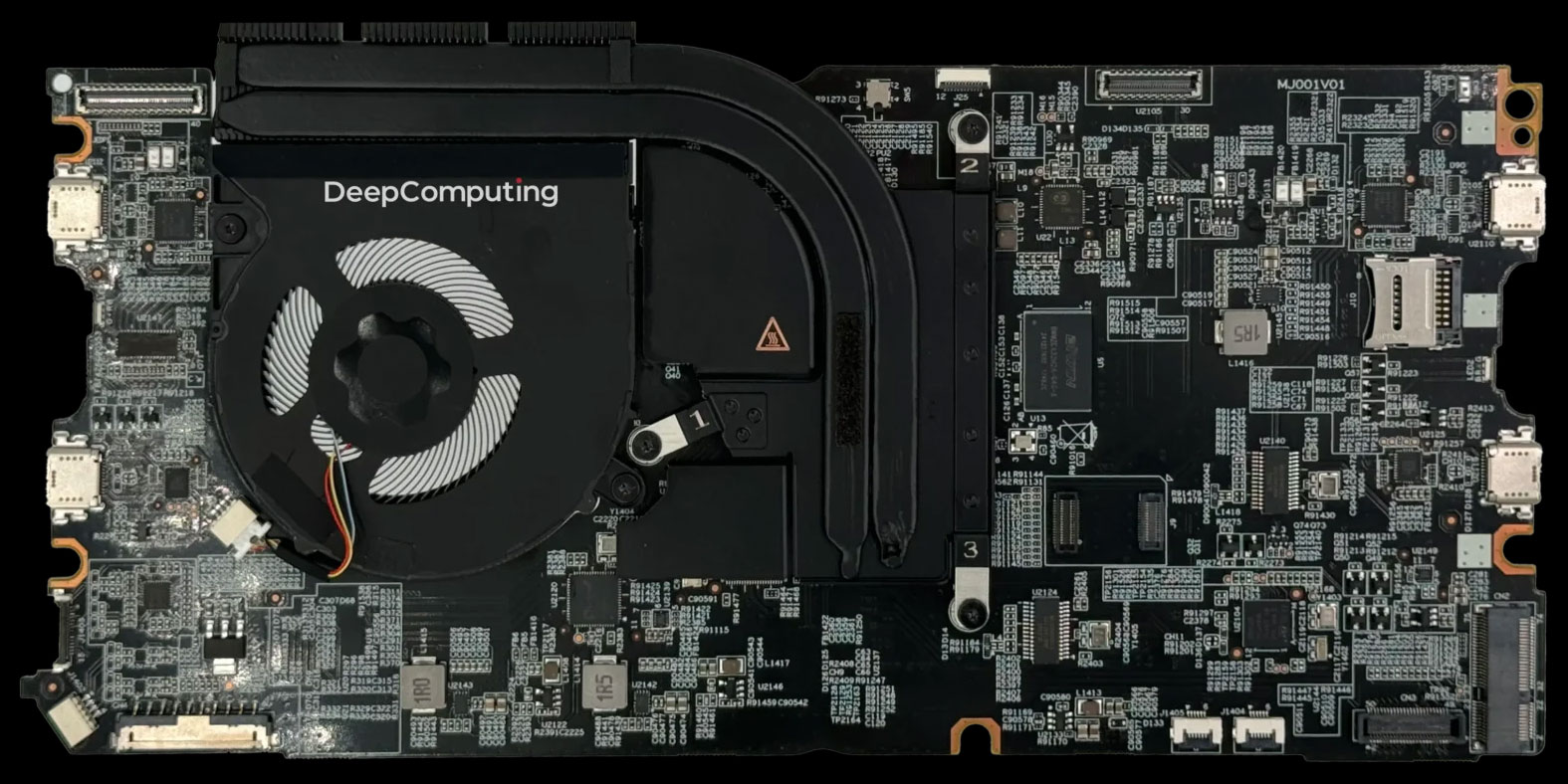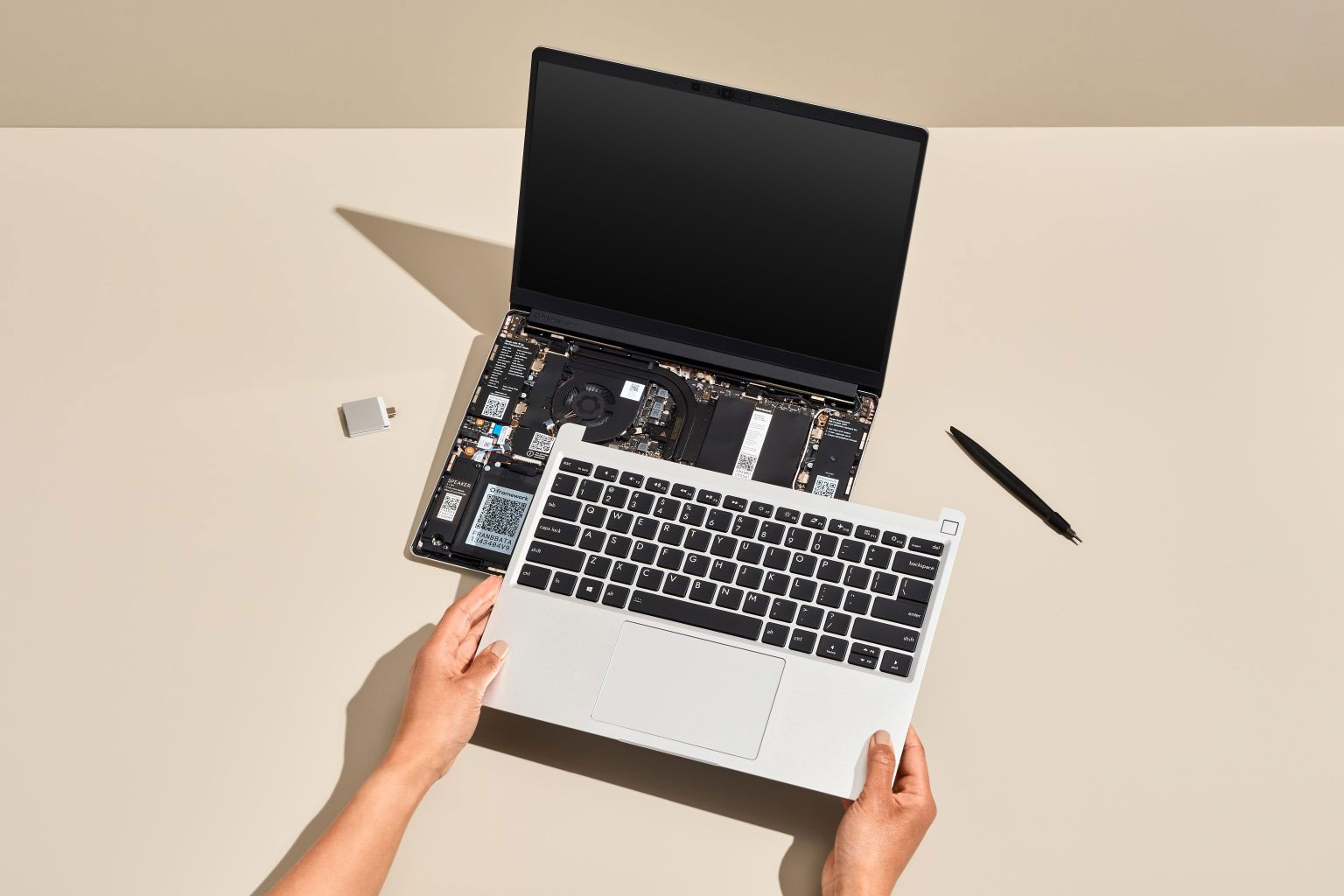Framework hasannouncedthat it’s partnering with DeepComputing to create a mainboard powered bya RISC-V processor. This mainboard will be a drop in replacement for the modular Framework Laptop 13, giving more people easy access to the RISC-V CPU architecture. You can also purchase the RISC-V mainboard separately from the laptop, perhaps instead buyingthe Cooler Master Mainboard Caseto use it as a Mini-PC.
We’re excited to share a preview of a Framework Laptop with a new CPU architecture today, and it’s not the one you probably think it is. @DeepComputingio is creating the first partner-developed Mainboard, and it’s powered by a RISC-V processor! pic.twitter.com/ARcvb48jMTJune 18, 2024

DeepComputing is the company behindthe first RISC-V laptopand hasrecently been released in its second generation. But despite all its work on the DC-ROMA RISC-V Laptop II, the company was also busy in the background, building the Framework RISC-V Mainboard. In fact, the company already has a working prototype, and it will show it off at the RISC-V Summit Europe next week.
Framework’s philosophy of ‘an open system ecosystem is more powerful than the sum of its parts’ is a perfect fit with RISC-V’s open standard Instruction Set Architecture (ISA). Contemporary Framework laptops are available with either an Intel Core Ultra or AMD Ryzen 7040 processor — proprietary x86 chips owned by Intel and AMD. Aside from these two chips, which own most of the PC market, we also have the Apple M-silicon and Qualcomm Snapdragon chips, with the lattergoing on-sale yesterday as Microsoft Copilot+ PCs. However, these chips are based on the ARM ISA, which is owned and licensed by Arm Holdings.

On the other hand, because RISC-V is an open and royalty-free standard, anyone can use and build on it without needing to ask for permission from RISC-V International, the Swiss-based non-profit association that maintains the ISA, or pay licensing fees.
This means building on RISC-V could be cheaper than competing proprietary architectures, that’s why many companies and startups are interested in iterating on it. The recent AI boom is even forecasted togrow this standard’s industry adoption by 50% annuallyuntil 2030. Some examples of this include SiFive, which partnered with a Chinese manufacturer tobuild a RISC-V development board, andGoogle, whichuses RISC-V coresfor its AI silicon. X-Silicon Inc. has evencreated a RISC-V chip that runs CPU, GPU, and NPU workloadssimultaneously.

Aside from cost considerations, RISC-V’s open nature means the U.S. cannot restrict other companies and countries from accessing it. The RISC-V Foundation, which was based in the California, even moved to Switzerland in 2019 because of Washington’s restrictive trade regulations and renamed itself to RISC-V International. This move to a historically neutral country meant laws cannot be used to limit anyone’s access to the ISA.
Nevertheless,American lawmakers are still investigating China’s access to this technology, especially as Washington is working hard torestrict Beijing’s accessto advanced tech. However, since it remains open, manyChinese startupsand companiesare taking advantage of this ISA, allowing them to produce chips that aren’t restricted by American sanction.

Get Tom’s Hardware’s best news and in-depth reviews, straight to your inbox.
Framework sees this trend, so by working with DeepComputing to introduce a RISC-V mainboard, it would make it easier for more people to get interested in and experiment with the standard. Although the company says that this RISC-V laptop will not have the performance of its AMD and Intel processors, it will be “a great way to start playing with RISC-V though (sic) inside of a thin, light, refined laptop.”
Jowi Morales is a tech enthusiast with years of experience working in the industry. He’s been writing with several tech publications since 2021, where he’s been interested in tech hardware and consumer electronics.